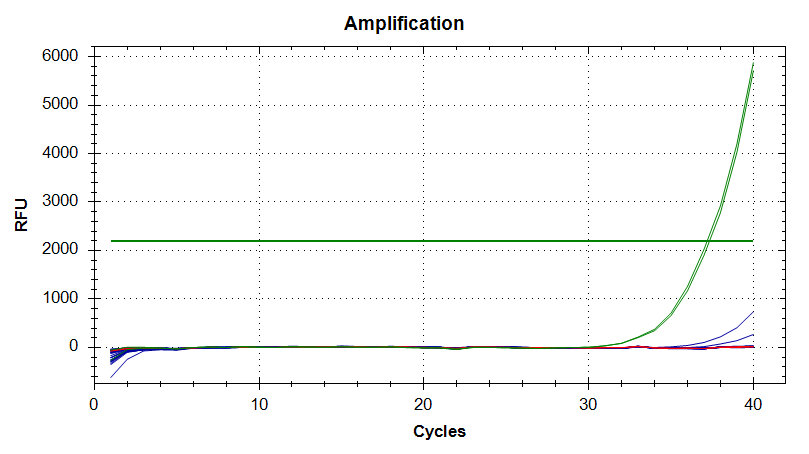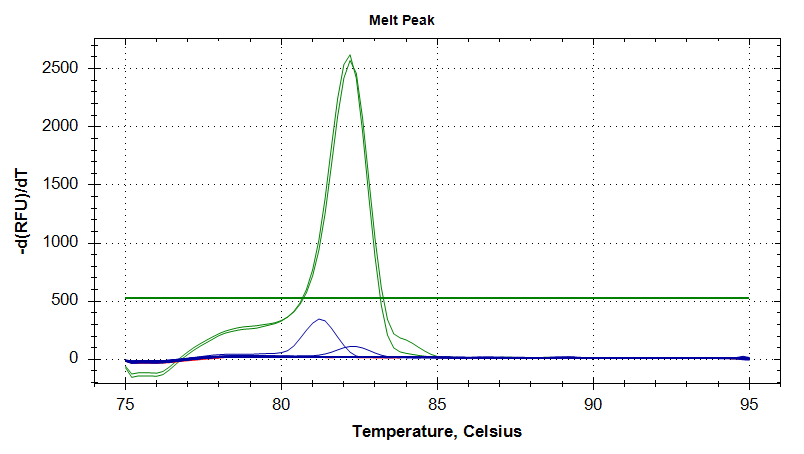Isolated additional gDNA for the genome sequencing. In an attempt to obtain better yields, I used ctenidia (instead of adductor muscle). Additionally, to try to improve the quality (260/280 & 260/230 ratios) of the gDNA, I added a chloroform step after the initial tissue homogenization.
Used 190mg of Panopea generosa ctenidia collected by Brent & Steven on 20150811.
- Homogenized in 500μL of DNAzol.
- Added additional 500μL of DNAzol.
- Centrifuged 12,000g, 10mins, @ RT.
- Split supernatant equally into two tubes.
- Added 500μL of chloroform and mixed moderately fast by hand.
- Centrifuged 12,000g, 10mins, RT.
- Combined aqueous phases from both tubes in a clean tube.
- Added 500μL of 100% EtOH and mixed by inversion.
- Spooled precipitated gDNA and transferred to clean tube.
- Performed 3 washes w/70% EtOH.
- Dried pellet 3mins.
- Resuspended in 200μL of Buffer EB (Qiagen).
- Centrifuged 10,000g, 5mins, RT to pellet insoluble material.
- Transferred supe to clean tube.
DNA was quantified using two methods: NanoDrop1000 & Qubit 3.0 (ThermoFisher).
For the Qubit, the samples were quantified using the Qubit dsDNA BR reagents (Invitrogen) according to the manufacturer’s protocol and used 1μL of sample for measurement.
Results:
Qubit Data (Google Sheet): 20151125_qubit_gDNA_geoduck_oly_quants
| METHOD |
CONCENTRATION (ng/μL) |
TOTAL (μg) |
| Qubit |
105 |
21.0 |
| NanoDrop1000 |
173 |
34.6 |
Yield is definitely much, much better than adductor muscle! Should’ve switched to a different tissue a long time ago! We should finally have sufficient quantities of gDNA to allow for BGI to proceed with the rest of the genome sequencing! Will run sample on gel to evaluate integrity and then send off to BGI.
The NanoDrop & Qubit numbers still aren’t close (as expected).
The addition of the chloroform step definitely helped improve the 260/280 OD ratio (see below). However, the addition of that step had no noticeable impact on the 260/230 OD ratios, which is a bit disappointing.
NanoDrop Absorbance Values & Plots



